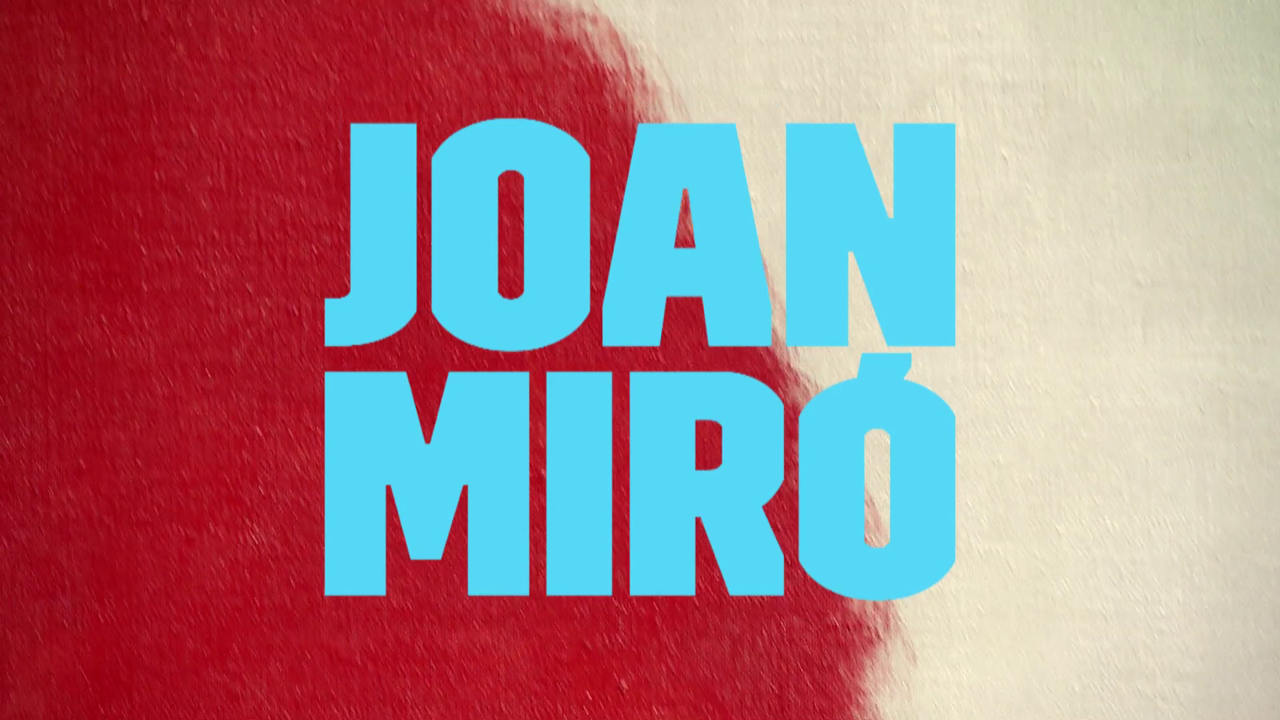Joan Punyet Miró, grandson of Joan Miró, in conversation about the famous grandfather. On SCHIRN MAGAZINE
Joan Punyet Miró is the grandson of the painter of the same name. He manages his grandfather's estate, is involved in several foundations dealing with the artist and works as an artist himself. A conversation about his famous grandfather, psychoanalysis and printed umbrellas.
Joan Punyet Miró, what is a typical working day for you?
I assist the foundations in Majorca and Barcelona, and next year we’re opening a third museum on the countryside. In this way, we will be able to combine all three locations, and all three will be accessible to the public. Our long-term plan is to take the museum down a new, efficient path. There will be animals there, horses and goats, honey will be produced, along with wine and olive oil, and it will be a thoroughly sustainable, self-sufficient museum. A revolution! Miró was a countryside artist, he loved nature and he cared about conservation. He was an ecologist, so he should be understood from this perspective too.
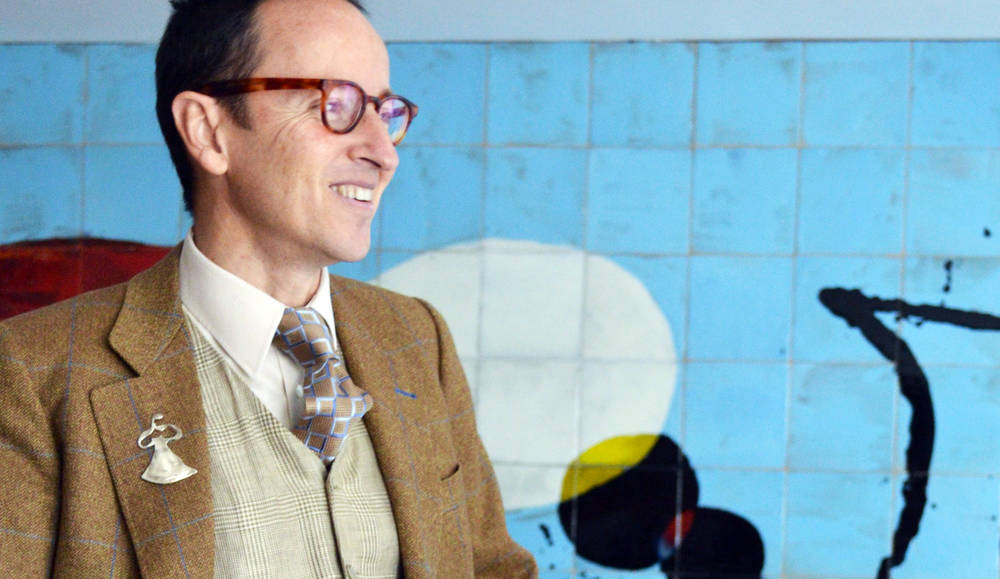
That was going to be the next question: What has this type of museum got to do with Mirós work? Does it carry it on, or does it offer its own interpretation?
It all comes together in the moment of mysticism. Miró was a mystical artist, he lived between heaven and earth, dreams and reality, life and death, yin and yang; he wanted to combine nature with simple art. And ultimately even to interpret dreams. So, simplicity, nature and dreams – if we combine these three elements, then we have the essence of Miró. That is actually what we wanted to clarify with his legacy.
A kind of further development, therefore …
Exactly! We want to take his vision forward and to translate this into the requirements of a new museum. These days a museum can be a new platform for thinkers in order to develop new ideas, and at the same time it can teach the next generation something about the correlations between nature and environmental protection.
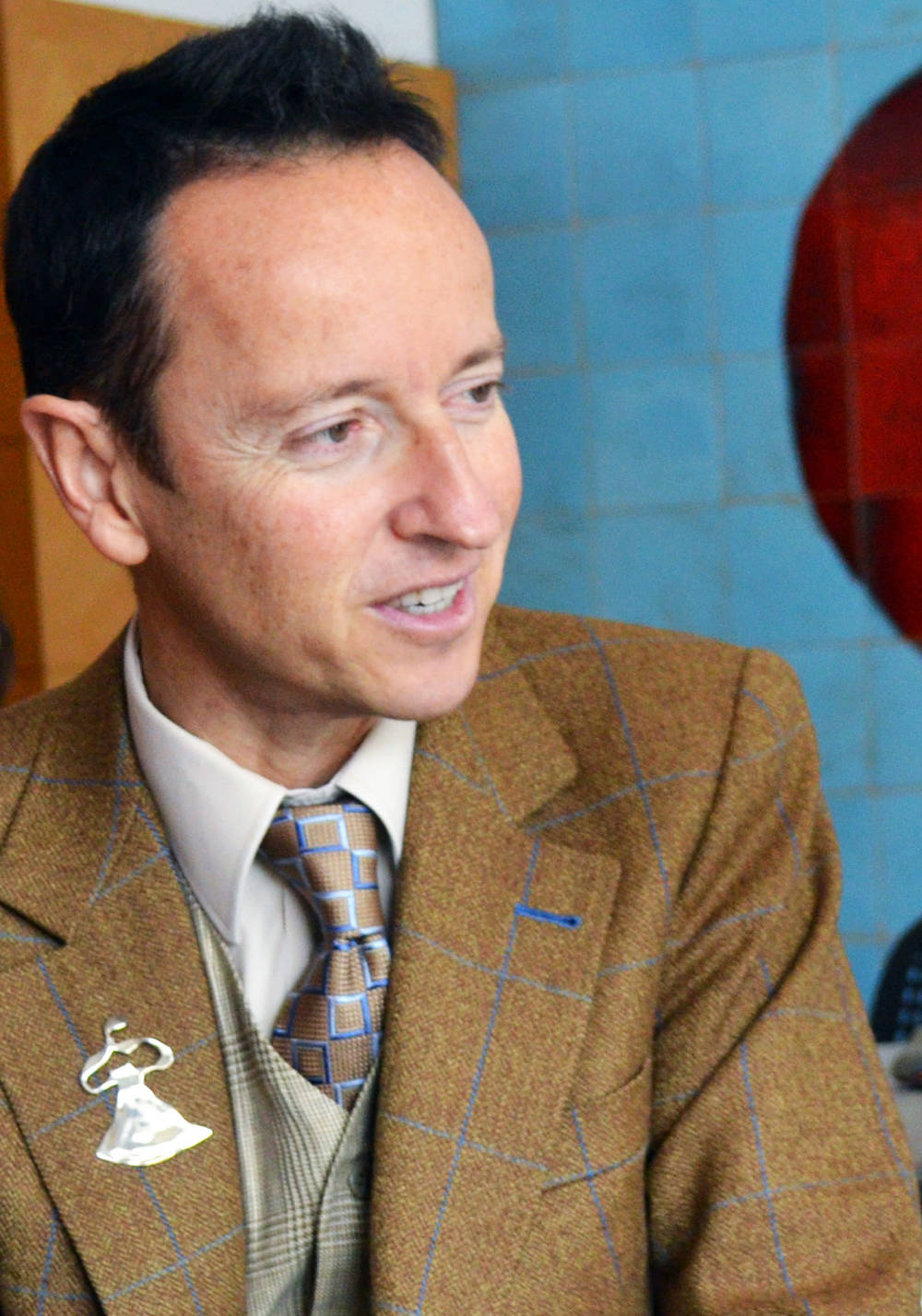
You often emphasize that Miró liked to make his work accessible to the public. To what extent is this an element of the “new museum” you talked about?
Absolutely, Miró is a universal artist, known from New York to Tokyo. Our foundation in Majorca takes an international approach. We want to hold exhibitions worldwide – after all, we want people to love and understand Miró. So if you see an exhibition anywhere in the world, then afterwards you can come to us to visit the studios, to understand how he worked in them, with the paint, the brushes, this amazing creative force.
That leads us nicely to my next question: Miró’s studio, or rather a replica of it, is currently in London, from where it will later move to the Armory Show in New York. That sounds like a cool, but at the same time strange idea: It is still just a replica, and people are prepared to pay money to see it …
(Laughs) Yes, I know! (More seriously) But people really don’t know anything about the existence of this studio. That’s why we need to go to them and use this construction to explain to them: Hey, you can come to Majorca and see the real thing! It is therefore a sort of invitation to view the original.
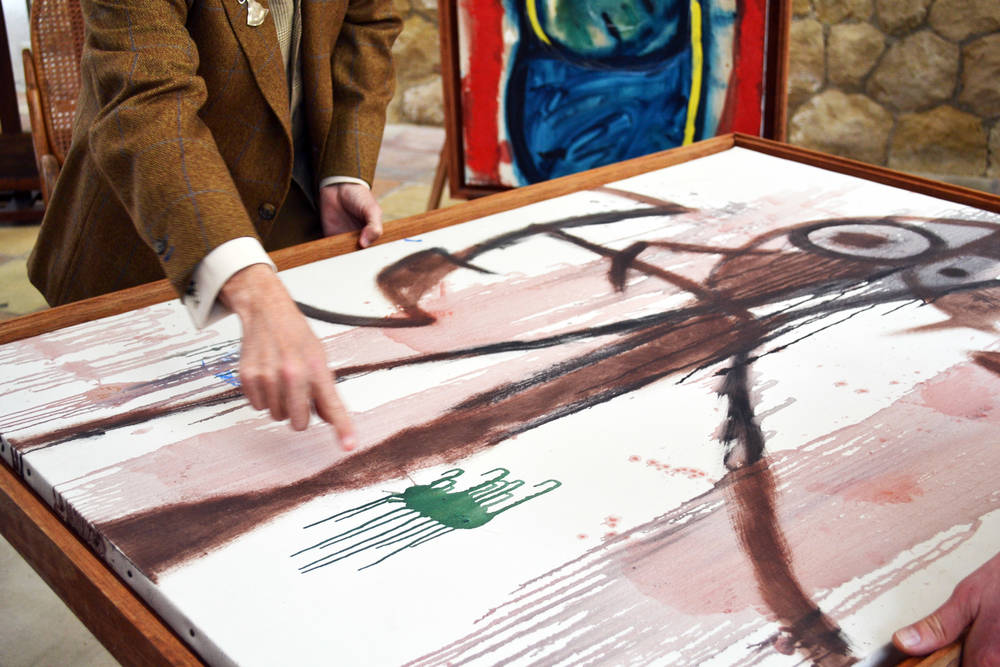
There generally appears to be a great demand to see where it all happens. But really that’s impossible: You can’t actually see the process of art production for yourself; it always remains a story that is told to you. Nevertheless, this place seems to lose nothing of its fascination.
Absolutely, absolutely! People really need to come to these studios to understand how Miró lived here and worked for the last 25 years of his life. He chose Majorca for its light, for its purity, for the sky, the sea … and of course also because he felt at peace here, because he was able to work in peace. He didn’t want to be in Barcelona anymore, or in Paris or New York; he wanted to be on this very small, faraway, quiet island somewhere in the Mediterranean, and he said to himself: This is a beautiful place to work and live, and within a few hours I could fly anywhere in the world.
In your everyday life as a child, did you get an idea of how your grandfather worked? In the studio he obviously needed plenty of peace and quiet!
I was able to see him working in his house. In the morning he worked in his studio; I wasn’t allowed to visit him there. But after lunch he liked to read poetry, listen to music, and between seven and eight he sat on the couch and opened all his correspondence. And as soon as he had paper in his hand, he took his pen and I could see how he withdrew into himself, working and sketching. He was in the dining room, on his sofa, alone, in very dark light, and he would draw the whole time. I was next to him and saw how he drew these magnificent things. For me these represented some really special moments in my life, unforgettable.
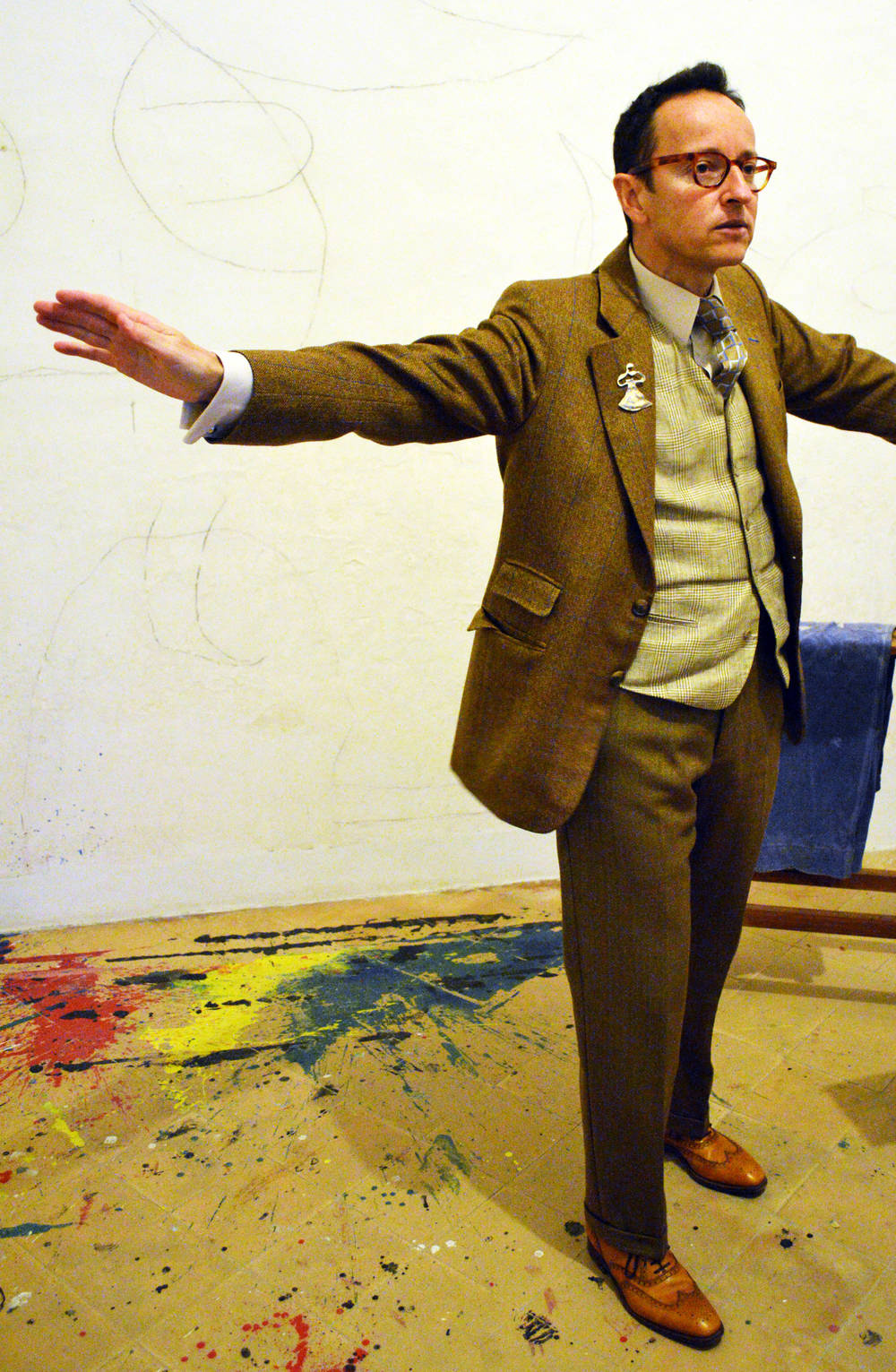
Today you work as a performance artist yourself. One predictable question: Is and/or was it hard to always be in the shadow of your grandfather?
Oh yes, absolutely. It is very difficult to be Miró’s grandson – after all, he is one of the greats! Whenever I have attempted anything myself, I knew that I would always be viewed particularly critically. It’s always going to be: Hey, that’s Miró’s grandson! I had to go through many years of psychoanalysis to really know who I am myself, to work on my personality and my self-confidence. It was only after that that I was able to ride into a theatre on a motorbike, with a pistol in my hand, to appear naked, to pour paint over my head … to bring a Miró painting to life, as it were. I wanted to reawaken Surrealism, to bring “Dada” back to life, to provoke the audience.
So in that sense a reference to your grandfather nonetheless …
Yes, absolutely, but I make it my own.
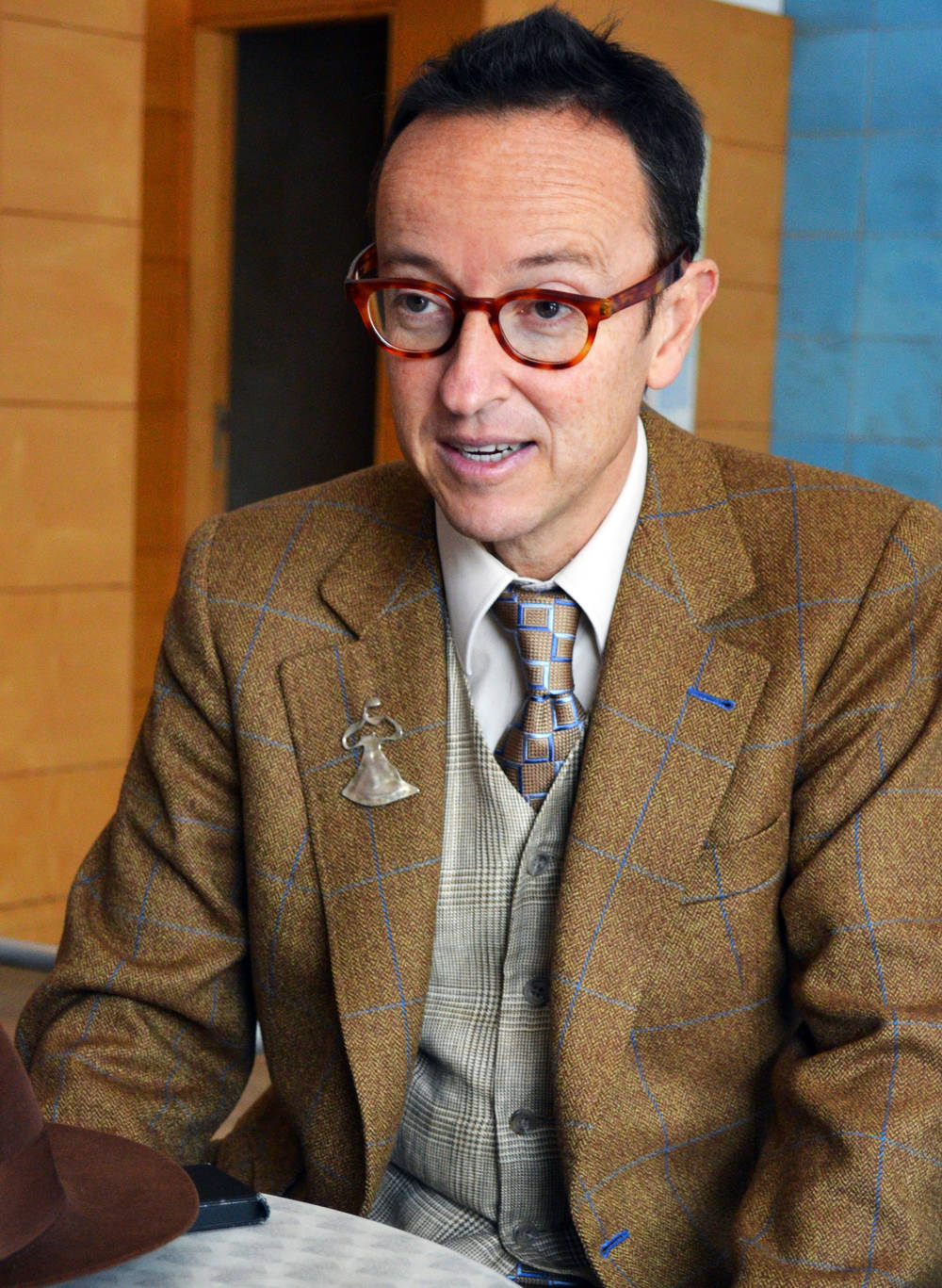
And finally another point on the subject of merchandising: When they hear the name Miró, many people will think first and foremost about the numerous prints hanging in offices and doctors’ surgeries. At the same time though, it probably wouldn’t work without them.
Oh yes! We need to offer products like plates, T-shirts, posters, towels, pencils, postcards and calendars – after all, there’s a huge demand for them. Anyone who has been to a Miró exhibition wants to take a little piece of it home. That’s why we hold two meetings a year with our own committee, in which we discuss only the subject of merchandising. We monitor which products are coming to the market; the quality must be sufficient, the print, and so on.
Do you think your grandfather would have been happy about this?
I think so. You have to understand that Miró was a truly modern man. He would probably think: If people would like to have one of my paintings in their house but cannot afford to buy one, then they can at least have something else.
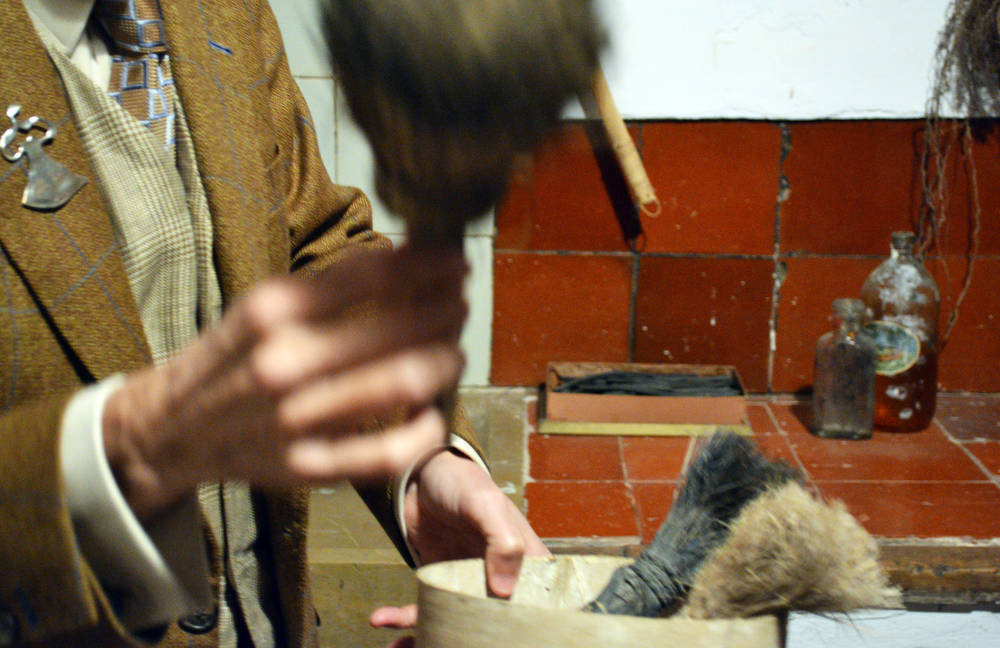
One could say here that as an artist who works so intensely with materials, for whose works the material qualities are crucial … That’s not something that can be represented on an umbrella.
I know, I know, it’s impossible. But it offers an impression of it: Look, I went to the Miró exhibition, and this is what I brought home. Something like that.
Thank you for the interview!
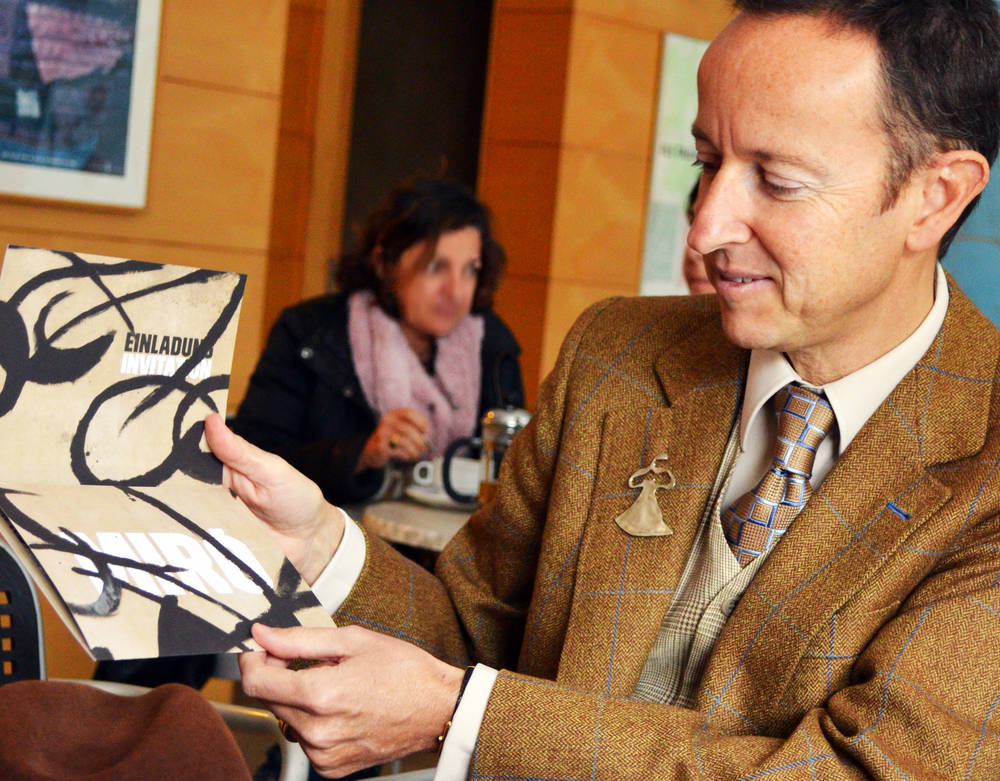
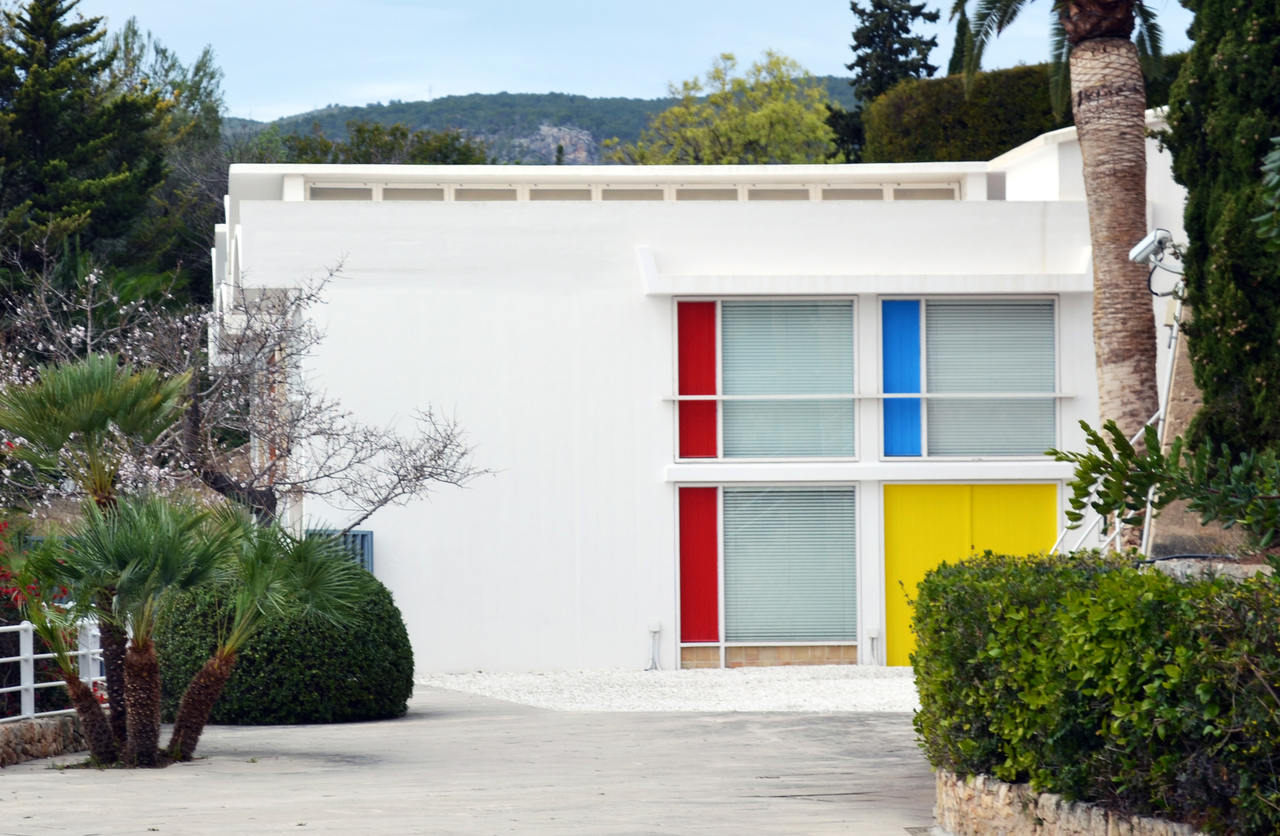
There is still paint clinging to the brushes
Fundació Pilar i Joan Miró on Majorca offers an insight into the work of an exceptional artist who valued simplicity just as much as the fantastical.
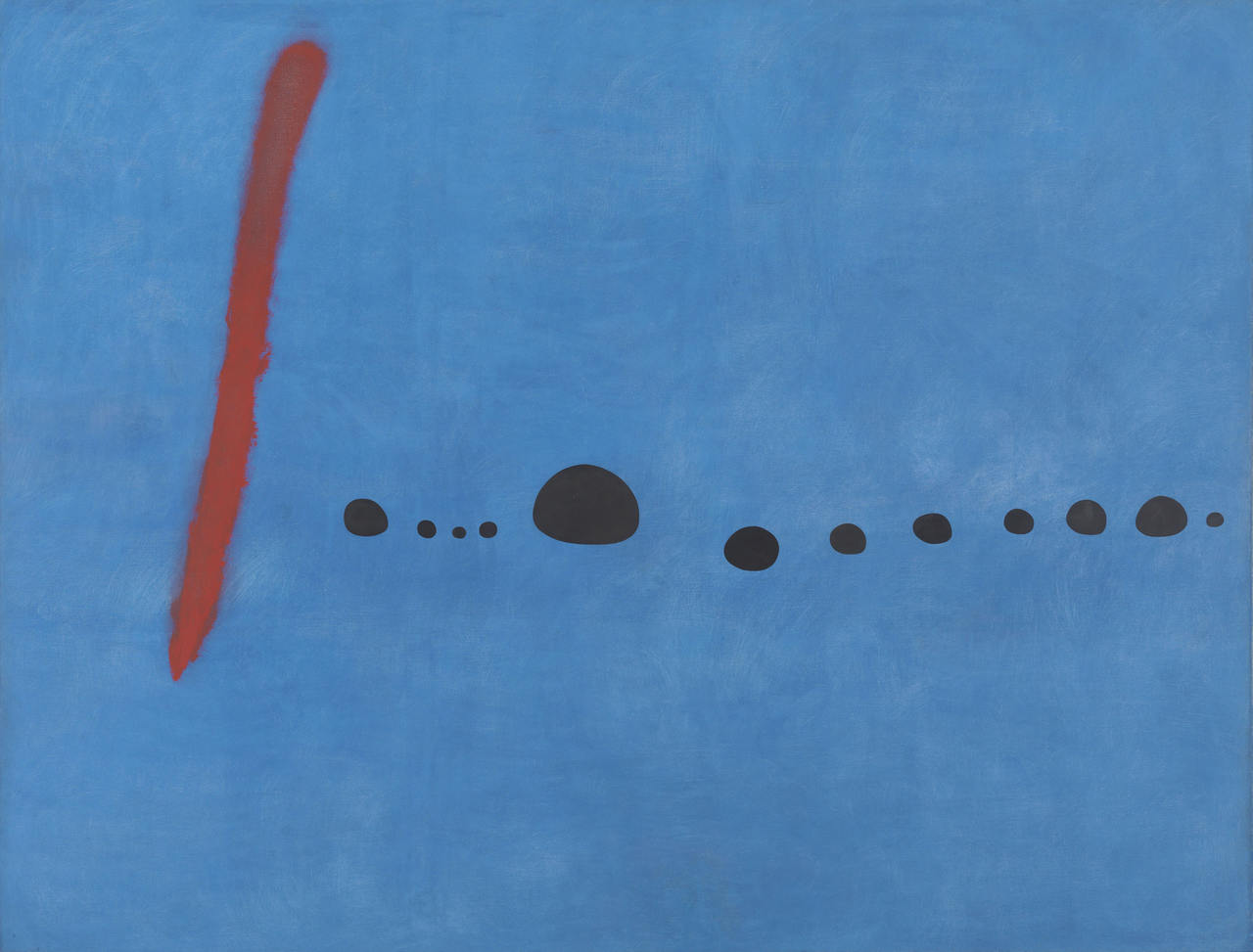
JOAN MIRÓ. PAINTING WALLS, PAINTING WORLDS
From the wall to the world: The SCHIRN presents the compelling direct and monumental painting of Joan Miró.
